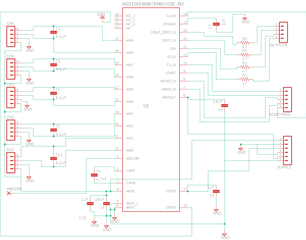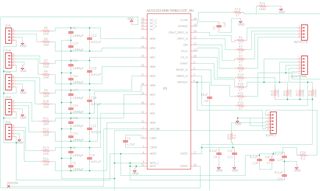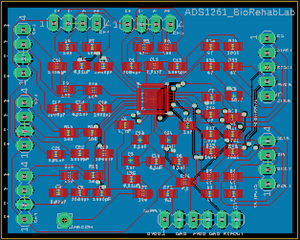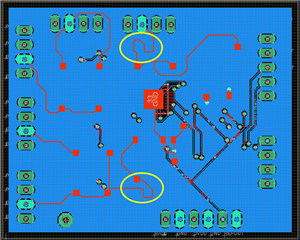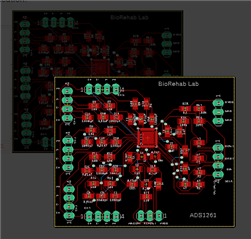Tool/software:
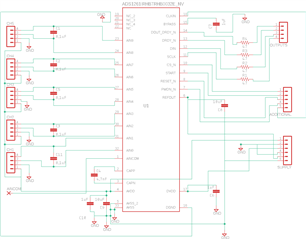

Hi,
We are trying to develop a breakout board for ADS1261 which we will be using for our in-house built force platforms. We have designed two circuits for the same, please find the attachments. Design-1 is based on the layout mentioned in page no. 82 of ADS1261 datasheet (https://www.ti.com/lit/ds/symlink/ads1261.pdf?ts=1747206472285&ref_url=https%253A%252F%252Fwww.ti.com%252Fproduct%252FADS1261), and Design-2 is based on the circuit diagram provided in page no. 25-26 of ADS1261 EVM user guide manual (https://www.ti.com/lit/ug/sbau293a/sbau293a.pdf?ts=1747133881840&ref_url=https%253A%252F%252Fwww.ti.com%252Ftool%252FADS1261EVM). Kindly help us to understand which circuit is appropriate to go ahead with for designing the breakout board for ADS1261.
Thank you,
Charles


